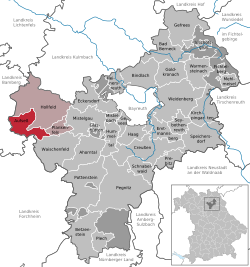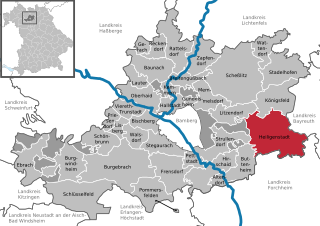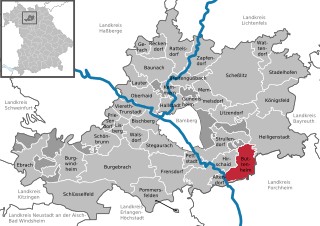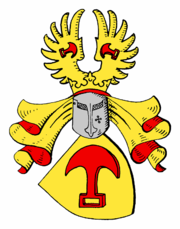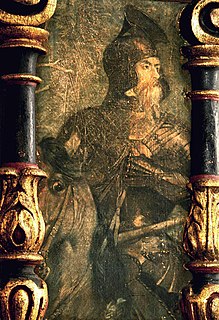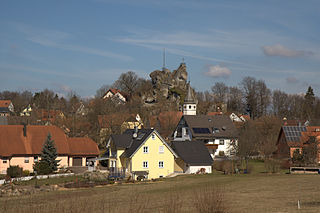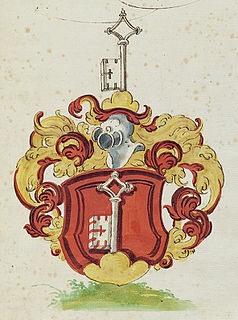| Aufseß | ||
|---|---|---|
| ||
| Coordinates: 49°54′N11°13′E / 49.900°N 11.217°E Coordinates: 49°54′N11°13′E / 49.900°N 11.217°E | ||
| Country | Germany | |
| State | Bavaria | |
| Admin. region | Upper Franconia | |
| District | Bayreuth | |
| Government | ||
| • Mayor | Ludwig Bäuerlein (CSU/FW) | |
| Area | ||
| • Total | 29 km2 (11 sq mi) | |
| Elevation | 414 m (1,358 ft) | |
| Population (2016-12-31) [1] | ||
| • Total | 1,278 | |
| • Density | 44/km2 (110/sq mi) | |
| Time zone | CET/CEST (UTC+1/+2) | |
| Postal codes | 91347 | |
| Dialling codes | 09198, 09274, 09204 | |
| Vehicle registration | BT | |
| Website | www.aufsess.de | |
Aufseß, also sometimes spelled Aufsess, is a municipality in the district of Bayreuth in Bavaria, Germany.
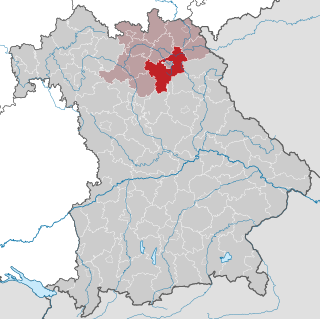
Bayreuth is a Landkreis (district) in Bavaria, Germany. It surrounds, but does not include the city of Bayreuth. The district is bounded by the districts of Kulmbach, Hof, Wunsiedel, Tirschenreuth, Neustadt an der Waldnaab, Amberg-Sulzbach, Nürnberger Land, Forchheim and Bamberg.

Bavaria, officially the Free State of Bavaria, is a landlocked federal state of Germany, occupying its southeastern corner. With an area of 70,550.19 square kilometres, Bavaria is the largest German state by land area. Its territory comprises roughly a fifth of the total land area of Germany. With 13 million inhabitants, it is Germany's second-most-populous state after North Rhine-Westphalia. Bavaria's main cities are Munich and Nuremberg.

Germany, officially the Federal Republic of Germany, is a country in Central and Western Europe, lying between the Baltic and North Seas to the north, and the Alps to the south. It borders Denmark to the north, Poland and the Czech Republic to the east, Austria and Switzerland to the south, France to the southwest, and Luxembourg, Belgium and the Netherlands to the west.
Located in Franconian Switzerland on the Castle Road and the Franconian Bierstraße, or Beer Road, Aufseß is best known for its connection with the noble family of Aufsess, Knights of the Empire. Notable members of the family include Jobst Bernhard von und zu Aufsees, the founder of the Aufseesianum in Bamberg, Friedrich III von Aufseß, Prince-Bishop of Bamberg (1421–1431), and Hans von und zu Aufseß, who in 1852 was the principal founder of the Germanisches Nationalmuseum (formerly the "Germanischen Museums“) in Nuremberg.

Franconian Switzerland is an upland in Upper Franconia, Bavaria, Germany, and a popular tourist retreat. Located between the River Pegnitz in the east and the south, the River Regnitz in the west and the River Main in the north, its relief, which reaches 600 metres in height, forms the northern part of the Franconian Jura (Frankenjura).
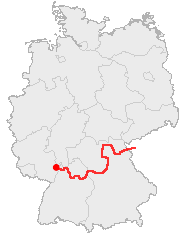
The Castle Road is a theme route in southern Germany and a small portion in the Czech Republic, between Mannheim and Prague.
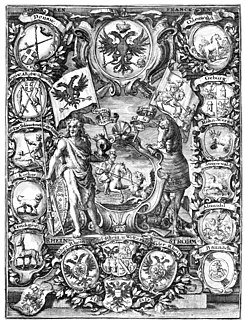
The Free Imperial knights were free nobles of the Holy Roman Empire, whose direct overlord was the Emperor. They were the remnants of the medieval free nobility (edelfrei) and the ministeriales. What distinguished them from other knights, who were vassals of a higher lord, was the fact that they had been granted Imperial immediacy, and as such were the equals in most respects to the other individuals or entities, such as the secular and ecclesiastical territorial rulers of the Empire and the Free Imperial cities, that also enjoyed Imperial immediacy. However, unlike all of those, the Imperial knights did not possess the status of Estates (Stände) of the Empire, and therefore were not represented, individually or collectively, in the Imperial Diet.They tended to define their responsibilities to the Empire in terms of feudalized obligations to the Emperor, including personal service and strictly voluntary financial offerings paid to the Emperor himself.




